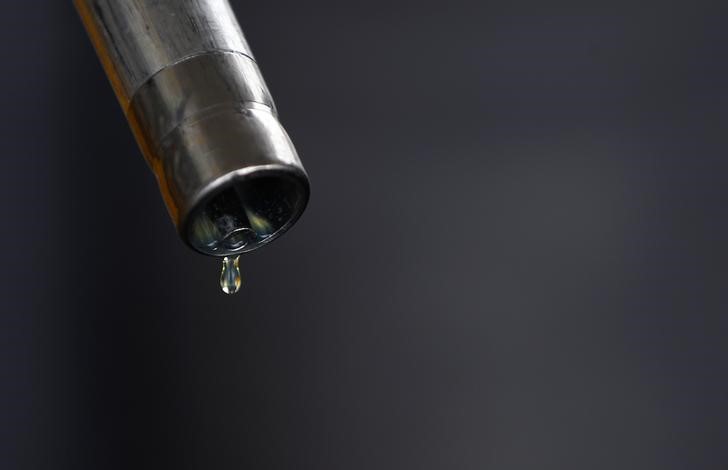By Barani Krishnan
Investing.com -- Fed Chair Jerome Powell reiterates the central bank has no intent to crash the U.S. economy. But the rate hikes it’s threatening investors with aren’t giving any comfort to the oil market, which deepened its losses on Friday to settle below $105 a barrel on recession fears.
Adding to the cautious mood of investors was the surprise delay in the weekly U.S. oil inventory report, which Bloomberg said was held up by “power issues” and unlikely to see publication until next week.
New York-traded West Texas Intermediate, the benchmark for U.S. crude, settled Thursday’s trade down $1.92, or 1.8%, at $104.27 per barrel.
London-traded Brent crude, the global benchmark for oil, settled down $1.69, or 1.5%, at $110.05.
“Crude prices may remain heavy until Wall Street is done fully pricing in an economic slowdown that will bring this economy on the verge of a recession,” said Ed Moya, analyst at online trading platform OANDA.
Powell reiterated on the second day of his biannual testimony to the U.S. Senate that the Fed had no intention of deliberately slowing the economy to bring down inflation raging at over 8% a year — more than four times its target.
Yet, the central bank would be reluctant to shift from raising rates to cutting them until it saw clear evidence that inflation was coming down in a convincing fashion, Powell said.
“We can’t fail on this. We really have to get inflation down,” Powell said. “We’re going to want to see evidence that it really is coming down before we declare ‘mission accomplished.'”
The Fed announced last week its stiffest US rate hike in 28 years to fight inflation, adding a three-quarter point that brought key lending rates to as high as 1.75% from May’s peak of 1%.
That hike came after US inflation, as indicated by the Consumer Price Index, grew at an annualized rate of 8.6% in May — more than four times the Fed’s target.
The Fed’s preferred rate of inflation is a mere 2% a year and it has vowed to raise rates as high and long as necessary to bring price growth back to its annual target.
Economists, however, fear that the central bank will push the US economy into a recession with its rate hikes.
The economy experienced a negative growth of 1.4% for the first quarter. If it does not return to positive growth by the second quarter, it will technically be in a recession, given that it takes just two straight quarters of negative growth to make a recession.
As for the weekly oil inventory data, as of Wednesday analysts tracked by Investing.com expected the EIA to report a crude stockpile drop of 569,000 barrels, versus the 1.96-million barrel rise reported during the week to June 10.
On the gasoline inventory front, the consensus is for a draw of 452,000 barrels over the 710,000-barrel decline in the previous week.
With distillate stockpiles, the expectation is for a climb of 328,000 barrels versus the prior week’s gain of 725,000.
